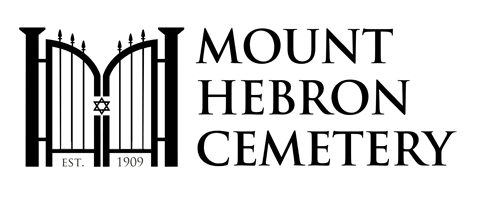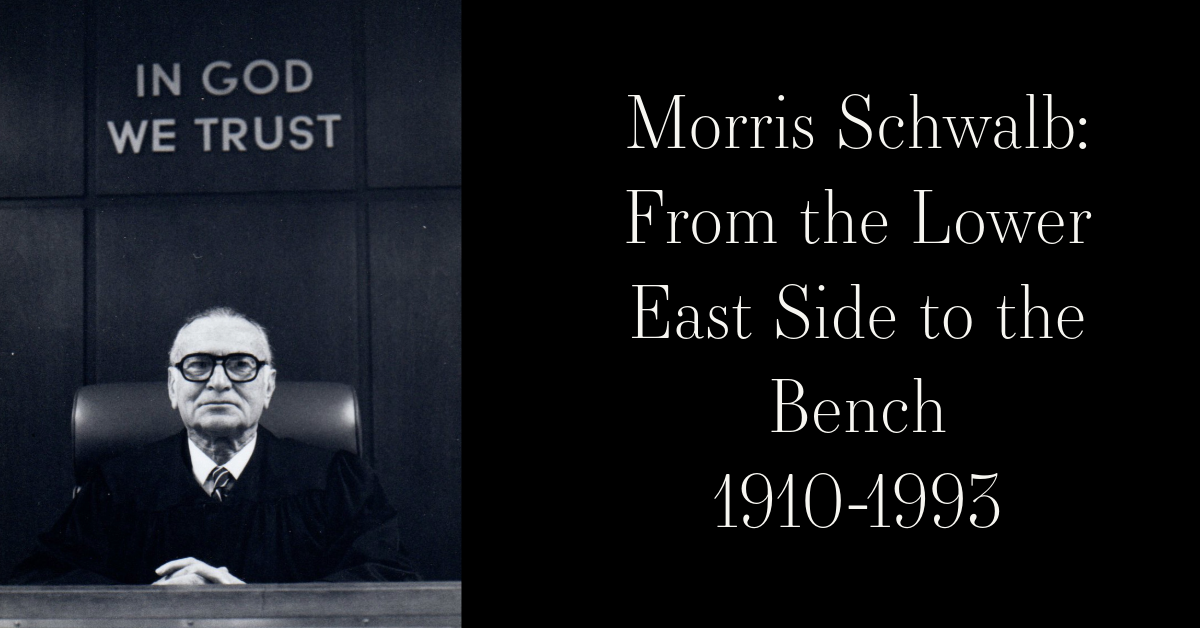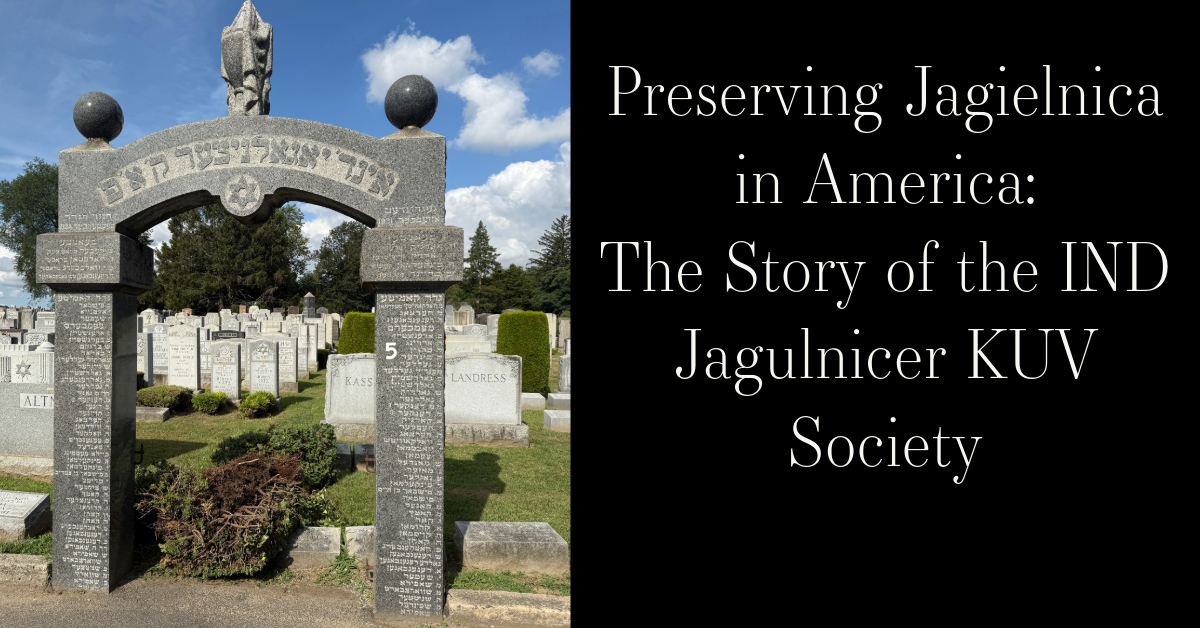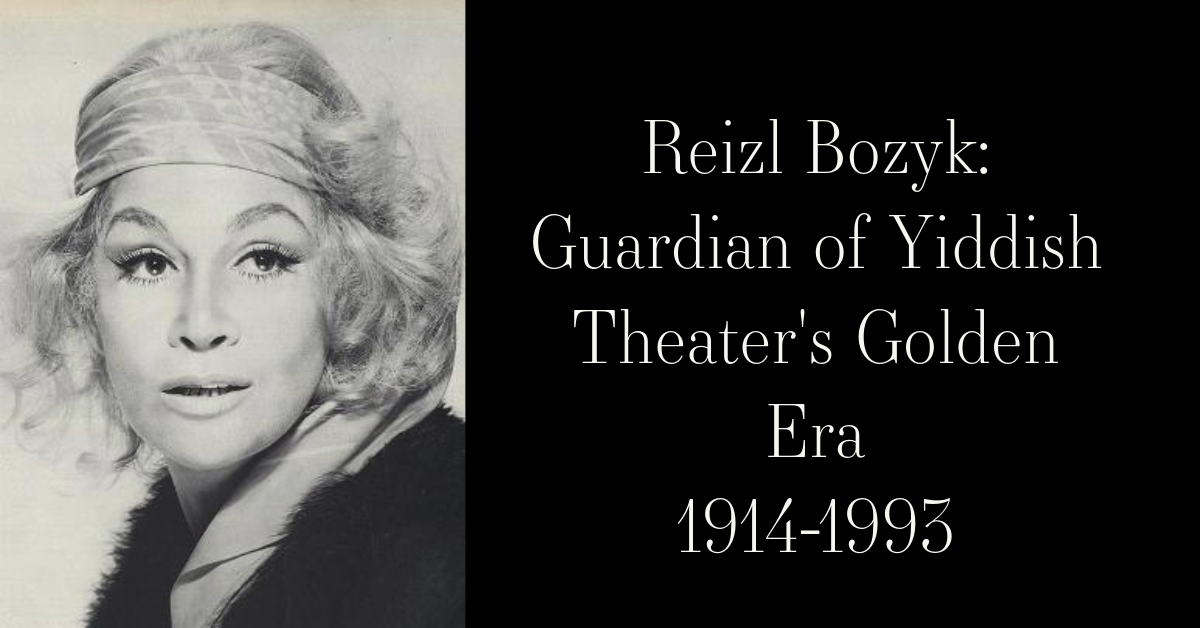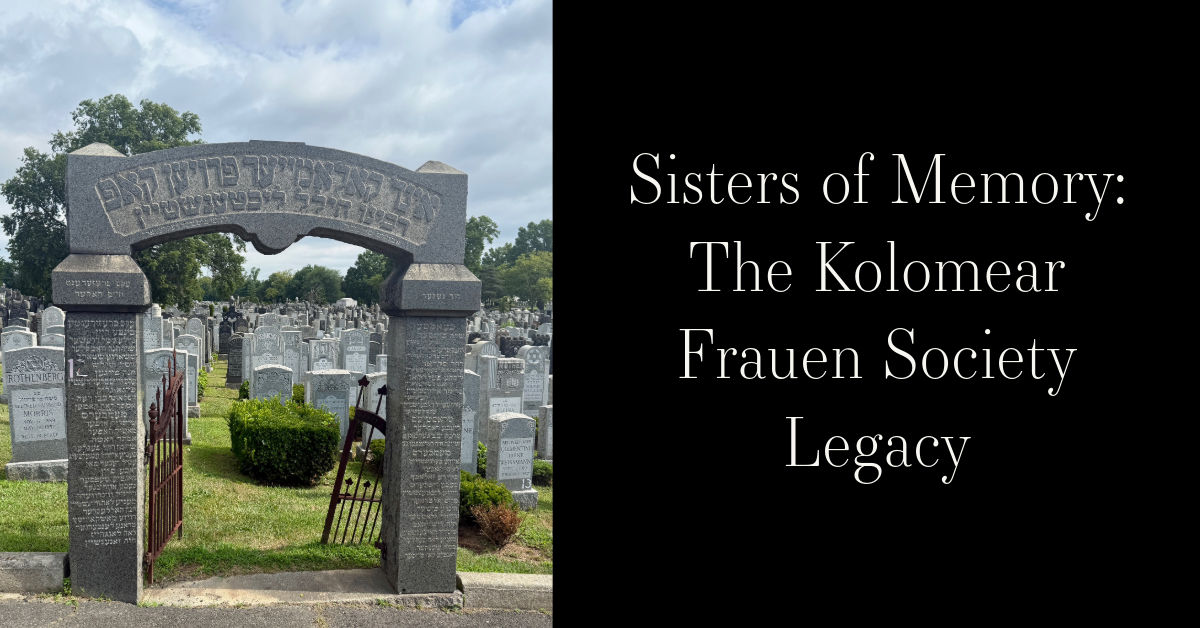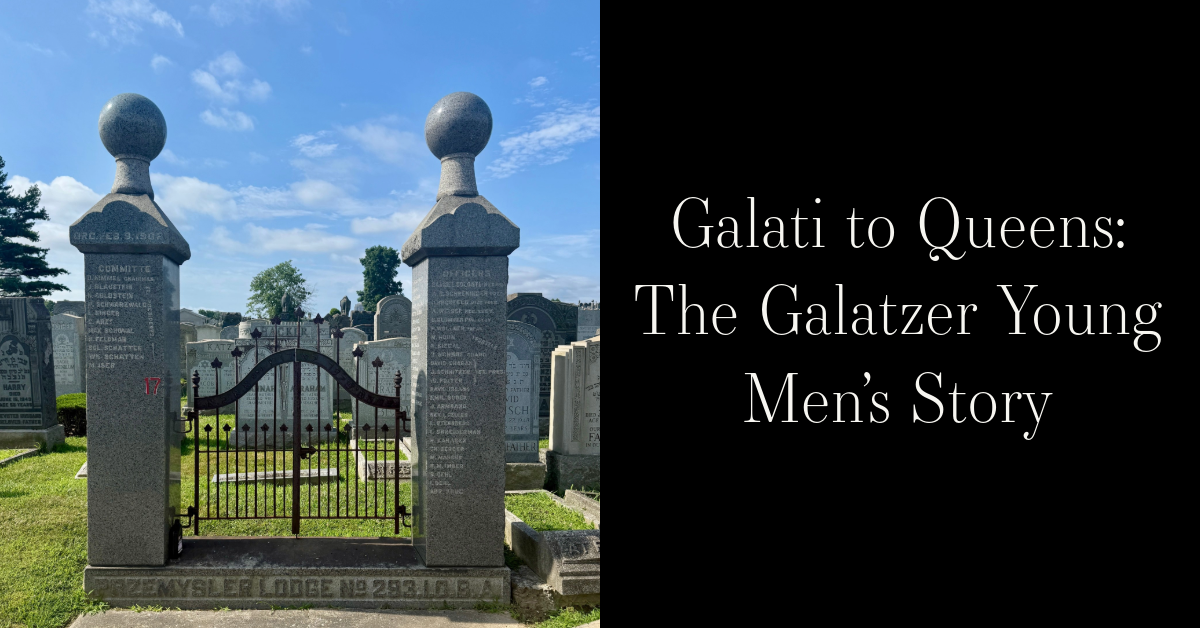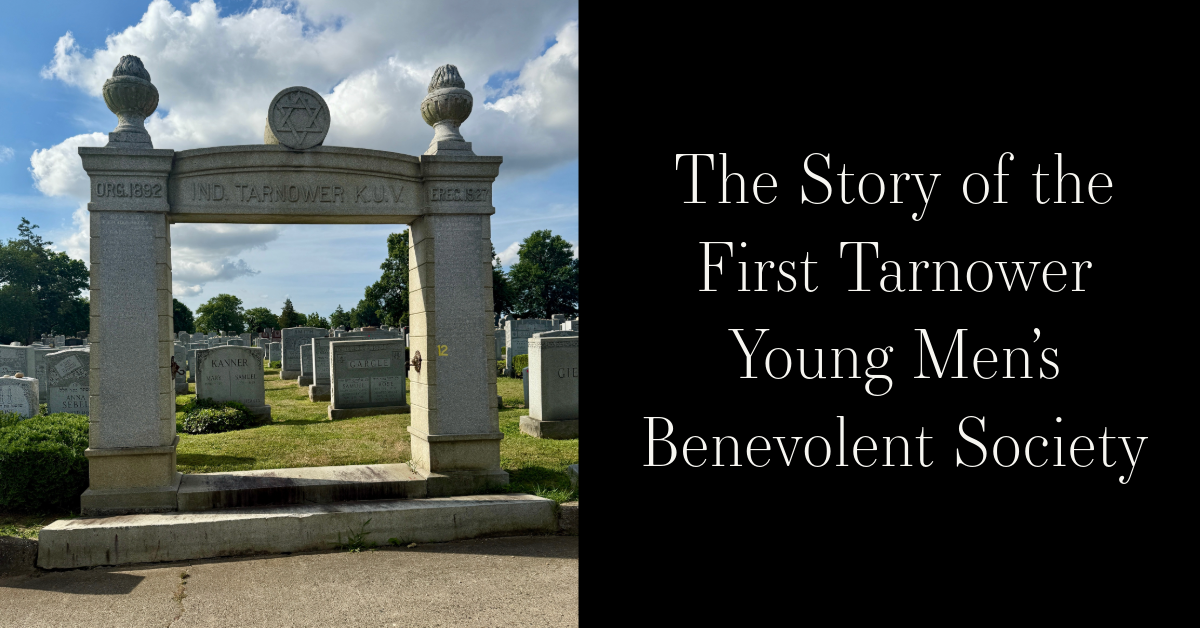Story Summary:
The Makower Young Men's Aid Society was founded by immigrants from Makow, Poland in 1907. The society is affiliated with United Relief, which was established after WWI to help aid "landslayts" (neighboring Jews). It was re-established after 1945 to help aid WWII survivors. The Jews of Makow made a comfortable living by engaging in the trade and artisan professions. Communally, they established two cemeteries, synagogues, schools for the youths, libraries, and a cultural/education theater program. Despite the economic and political environment of the 1930s, the Jews of Makow maintained their own, engaging in the growing Zionist efforts and creating societies. The ~4000 Jews of Makow perished in the Holocaust, but their memories live on.
Makower Young Men’s Aid Society
The Makower Young Men’s Aid Society was founded by immigrants from Maków, Poland in 1907. The society is affiliated with United Relief, which was established after WWI to help aid “landslayts” (neighboring Jews). It was re-established after 1945 to help aid WWII survivors.
The town of Maków is located in the Warszawa province of Poland. Jewish presence in the town dates back to the 16th century. The community came to own a ritual bath, a synagogue, and an old-age home. A communal cemetery was also established. The community of Maków suffered terrible damage and losses from the “Swedish Deluge” (Swedish invasion of Poland in 1655-60). The 1750s marked a period of blood libels and witchcraft trials, resulting in the boycotting of Jewish goods and destruction of Jewish-owned businesses.
Despite this, the Jewish community maintained their livelihoods as traders and artisans. Tailoring came to be the dominant profession among the craftsmen. The trading of salt, oil, grain and wool facilitated a steady income to the town. The Jews were allowed to trade their own handcrafted goods, such as honey, wine, and alcohol. Additionally, they were permitted to use the pastures and forest areas in return for payment of a poll tax. The Jews of Maków eventually rebelled against the Ciechanów kehilla and in 1758, declared Maków independent. The Jewish communities of Wyszków and Pułtusk were later incorporated into the town.
In April of 1882, anti-Jewish demonstrations began to occur. This coincided with the threat of pogroms. During the early 20th century, the community was facing administrative and financial issues which resulted in many migrating out of the town. These migrations were intensified by the economic instability of Poland during the 1930s. The 20th century marked a period of political involvement among the Jews of Maków, with growing support for the Zionist movement. Political societies were formed such as the All-Jewish Worker’s Bund and the Society of the Book Lovers. A revolutionary military committee was also established in Maków, in response to the Polish-Bolshevik War (1919-1920).
During the interwar period (1918-1939), the Jews of Maków focused on ways to enhance their town by way of communal infrastructure. For example, the community opened the “Basics of Torah” for the boys of their community. Libraries were established to promote further education and a local printing press was created. The “Tarbut” Jewish Cultural and Educational Association was established later on, which held cultural and religious performances/readings. A yeshiva was established as well for religious education purposes.
In 1939, the Germans invaded Poland. A labor camp was established immediately after they seized Maków. By the end of 1940, a ghetto had been established in which about 12,000 Jews were forced to relocate to. Of the 12,000 were the Jews of Maków, and those of the Pułtusk District villages. The extremely poor and unsanitary living conditions resulted in many deaths from hypothermia, starvation, and epidemics. The ghetto was liquidated in November of 1942 in which 5,500 were sent to the Mława ghetto. Lejb Langfus, a Jew from Maków, documented his life while he was in both the Maków and Mława ghettos. The ~4000 Jews of Maków perished in the Holocaust, but their memories live on.
https://www.jewishvirtuallibrary.org/makow-mazowiecki
https://sztetl.org.pl/en/towns/m/582-makow-mazowiecki/99-history/137641-history-of-community#:~:text=The%20Jewish%20population%20of%20Mak%C3%B3w,northern%20part%20of%20the%20town.
https://sztetl.org.pl/en/towns/m/582-makow-mazowiecki/96-local-history/68965-local-history
https://www.jewishgen.org/yizkor/ybip/YBIP_Makow-Mazowiecki.html
~Blog by Olivia Scanlon

